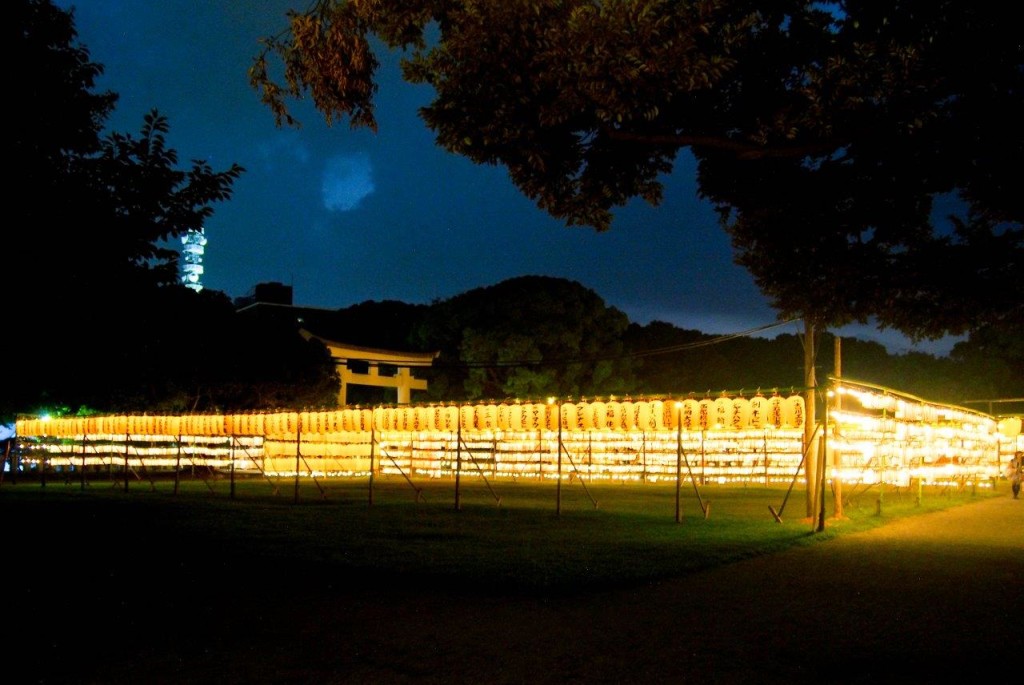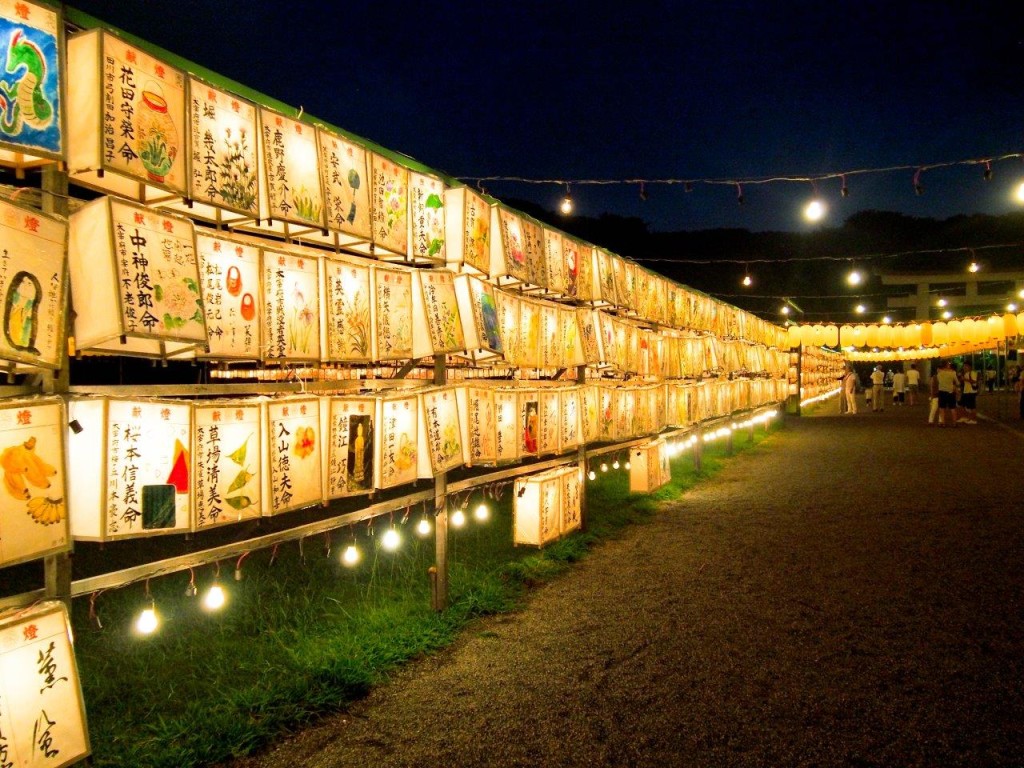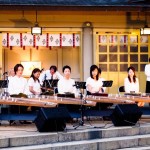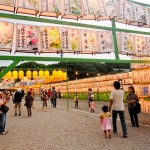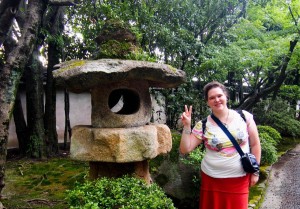
Friday, August 14 it was the second day of the Obon festival. On the internet I discovered that the Gokoku temple organized a special event to the ancestors and to honour the fallen soldiers. But because it started late in the evening, we first did a few other things. But the main point is Honor your ancestors
Honor your ancestors
Yukata fitting

On August 23 Youth international bridge organized the Kimono festival. I certainly wanted to participate. A Japanese friend and I went ahead to choose our yukata for the event. You can rent in the shop everything related to traditional Japanese clothing. From yukatas, kimonos to Hakama (an outfit that is worn when you graduate from secondary school).
Yusentei park
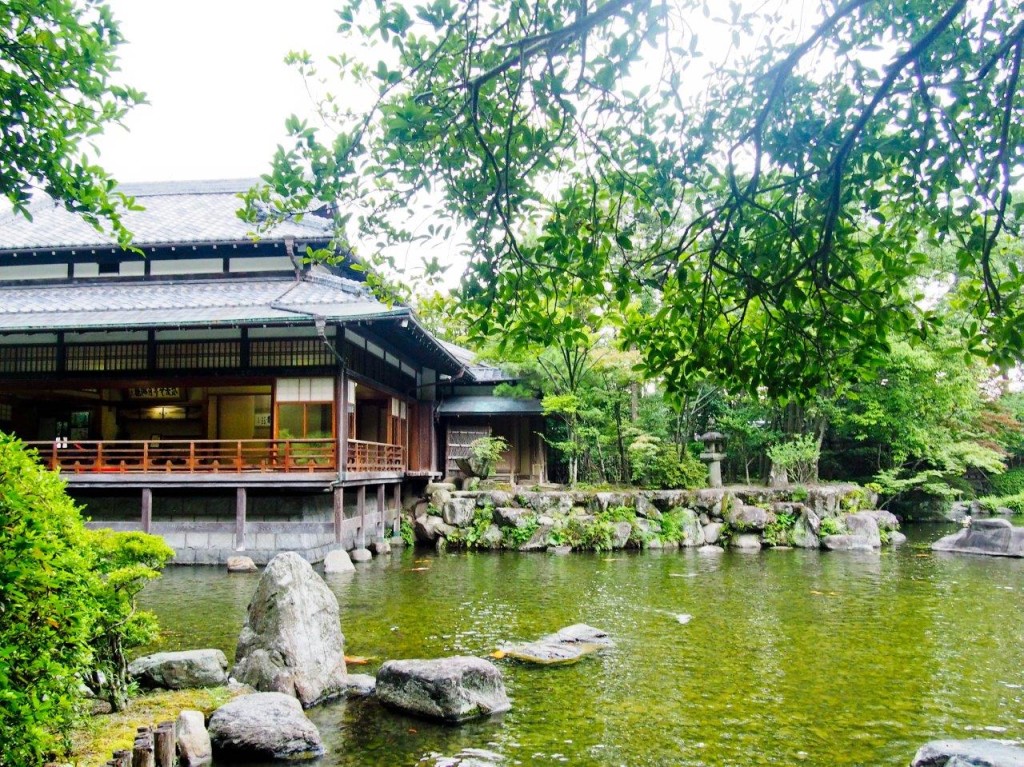
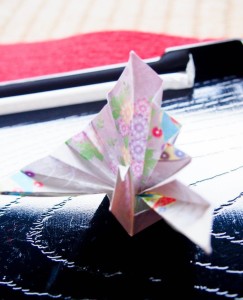
After we were finished we had time left to do something else. We decided to keep up with tradition and went to Yusentei park. To briefly described this place you can say it’s a Japanese garden build around a traditional Japanese house. Here you can experience tea ceremony and enjoy the tranquillity of the magical surroundings.
It’s history
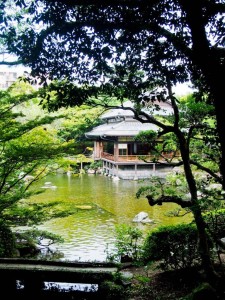 The garden and its house was built in 1754 as a summer residence for Kuroda Tsugutaka. In 1998 it became a popular tourist place .
The garden and its house was built in 1754 as a summer residence for Kuroda Tsugutaka. In 1998 it became a popular tourist place .
Enjoying the silence
In the Ohiroma hall we enjoyed the view and what we talk a bit. But at 5 o’clock the garden closed down, so we walked back to Gokoku temple to celebrate Mitama matsuri.
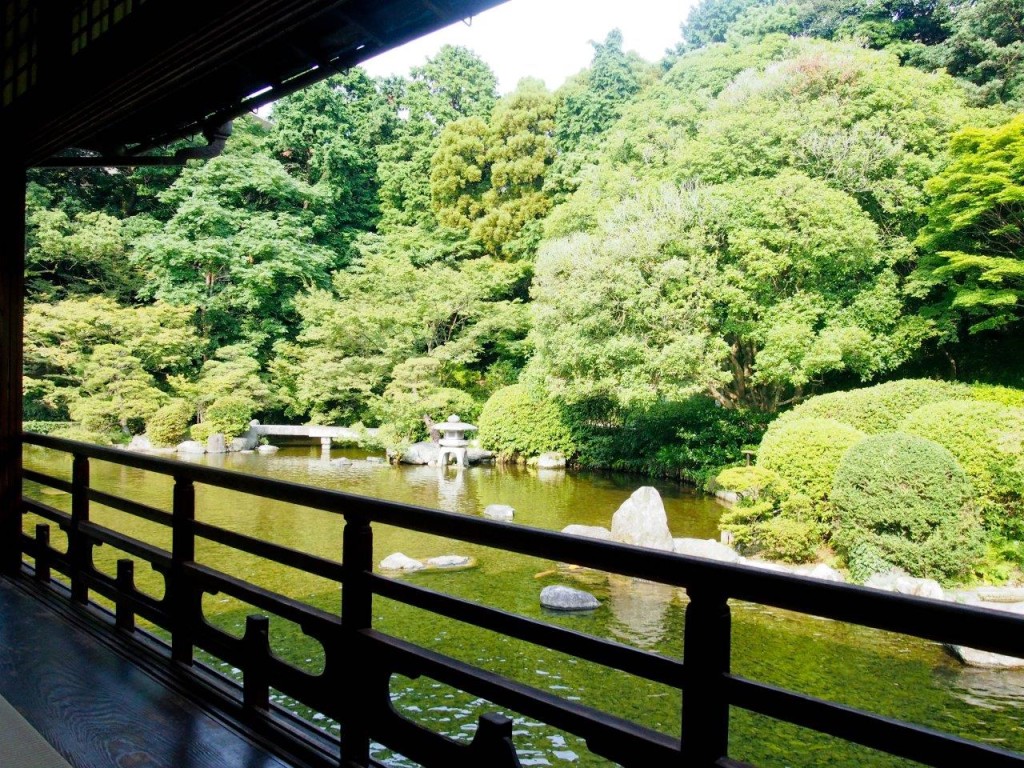
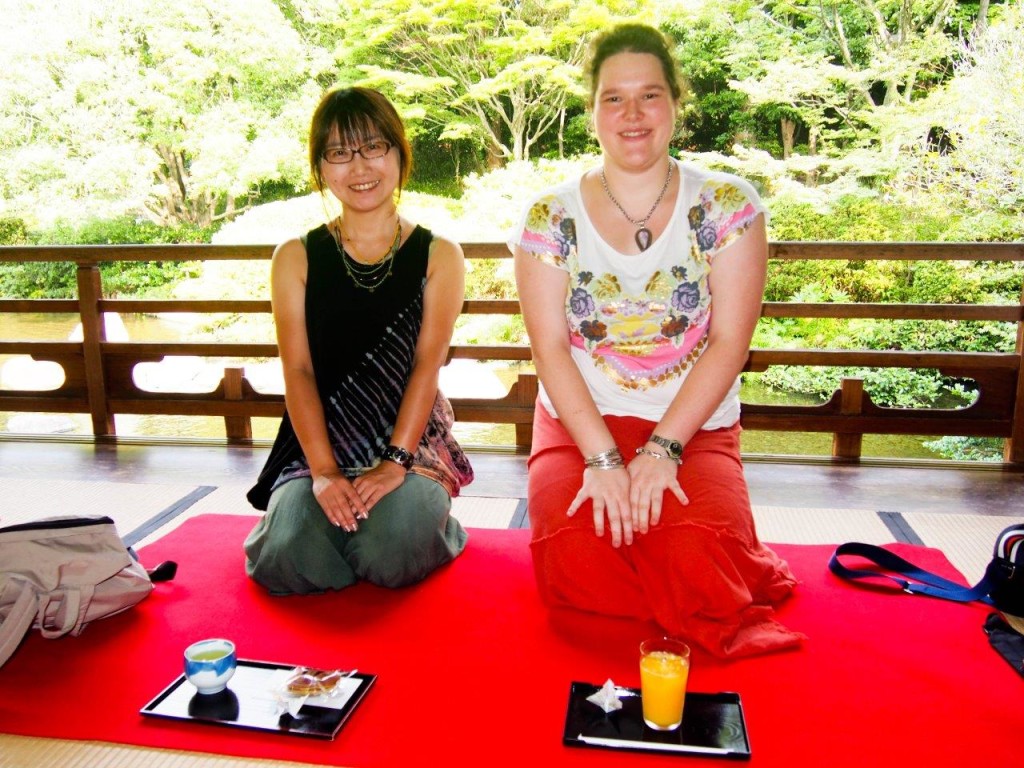
Obon Festival
What is Obon?
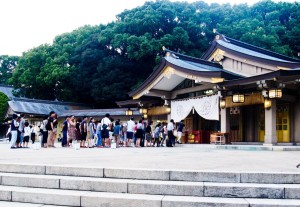
Every culture has a tradition to honor his ancestors. In Europe, this happened on November 2nd at All Souls Day. In Japan, there is Obon (お 盆, お ぼ ん) festival. It is spread over a period of three days. But throughout Japan it is celebrated on different days. Usually, people go back to their native village. This results each year in a small national moving. (here you can find more information about Obon).
Mitama matsuri
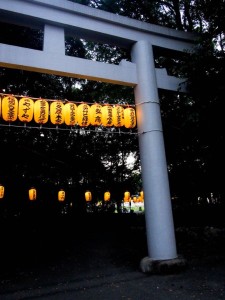 This small local folk festival is not the traditional way of celebrating Obon. But the ancestors are honoured here. The all the lanterns gave it a magical feeling. There were over 6000 lanterns.
This small local folk festival is not the traditional way of celebrating Obon. But the ancestors are honoured here. The all the lanterns gave it a magical feeling. There were over 6000 lanterns.
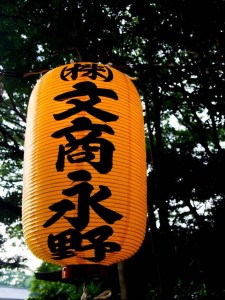
On the lanterns were names written on. The big yellow lanterns were from companies that had donated money to the temple. The others white lanterns in several different sizes represented the families and individuals who donated money to the temple.
Tradition and a modern touch
There were also performances of traditional and modern artists. In front of the temple there was a small market. Here children could play traditional carnival games and win prizes. But there were also several food stalls. It was the perfect blend of tradition, modernity and folk entertainment.

My first movie
Below you can see a short movie of this lively event.
If you have remarks, suggestions, or questions you can always post them in the comments section, on my Facebook page, Google+ page or through Twitter.
